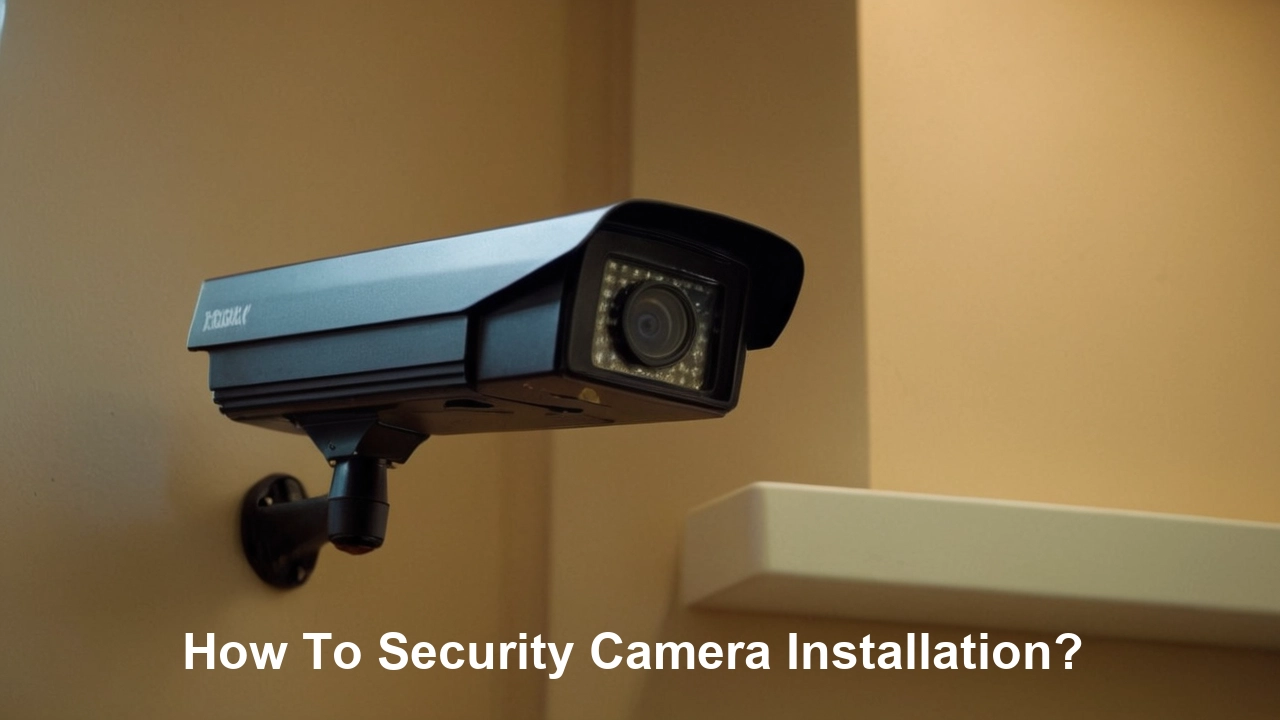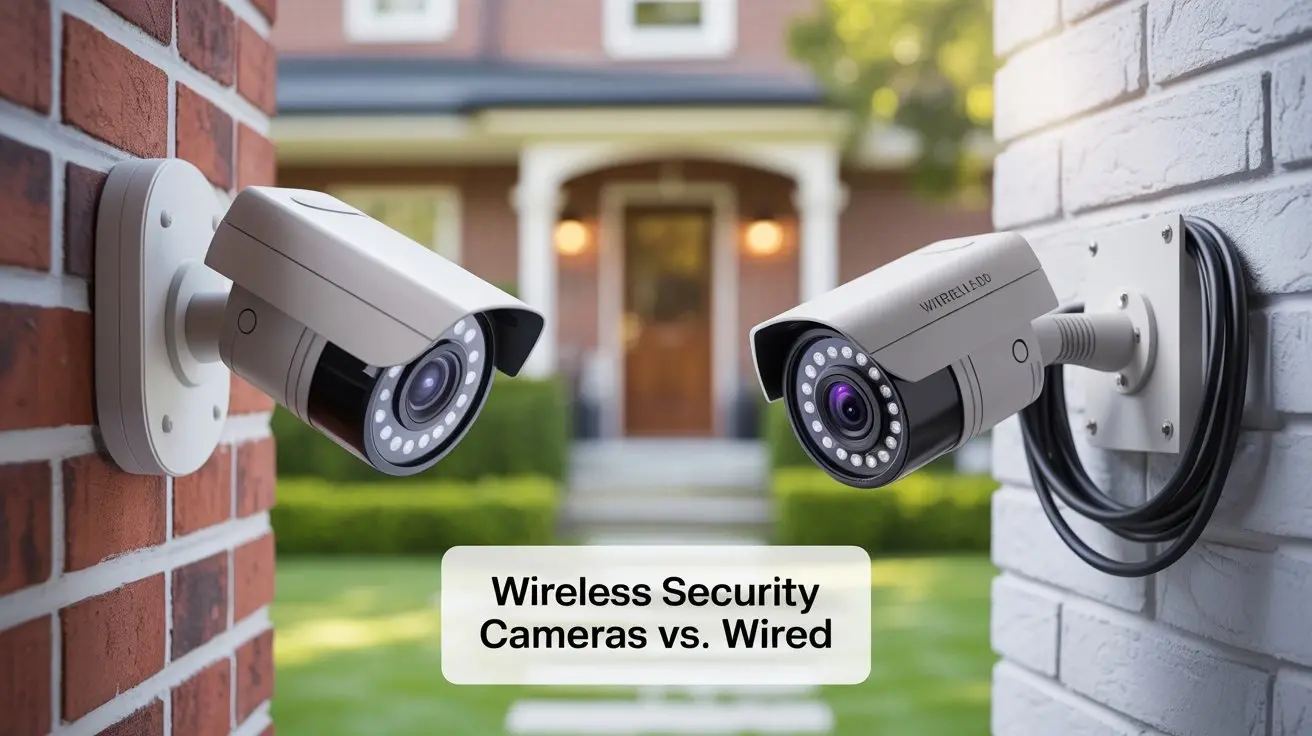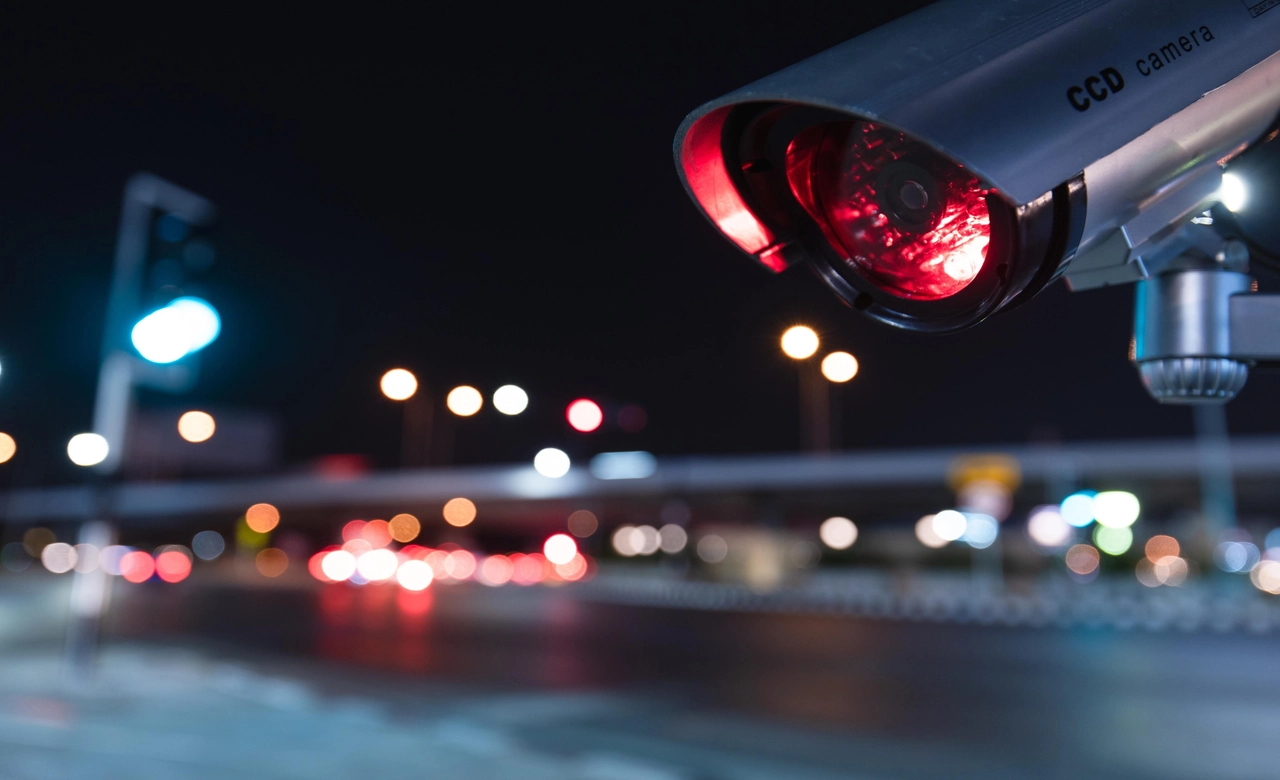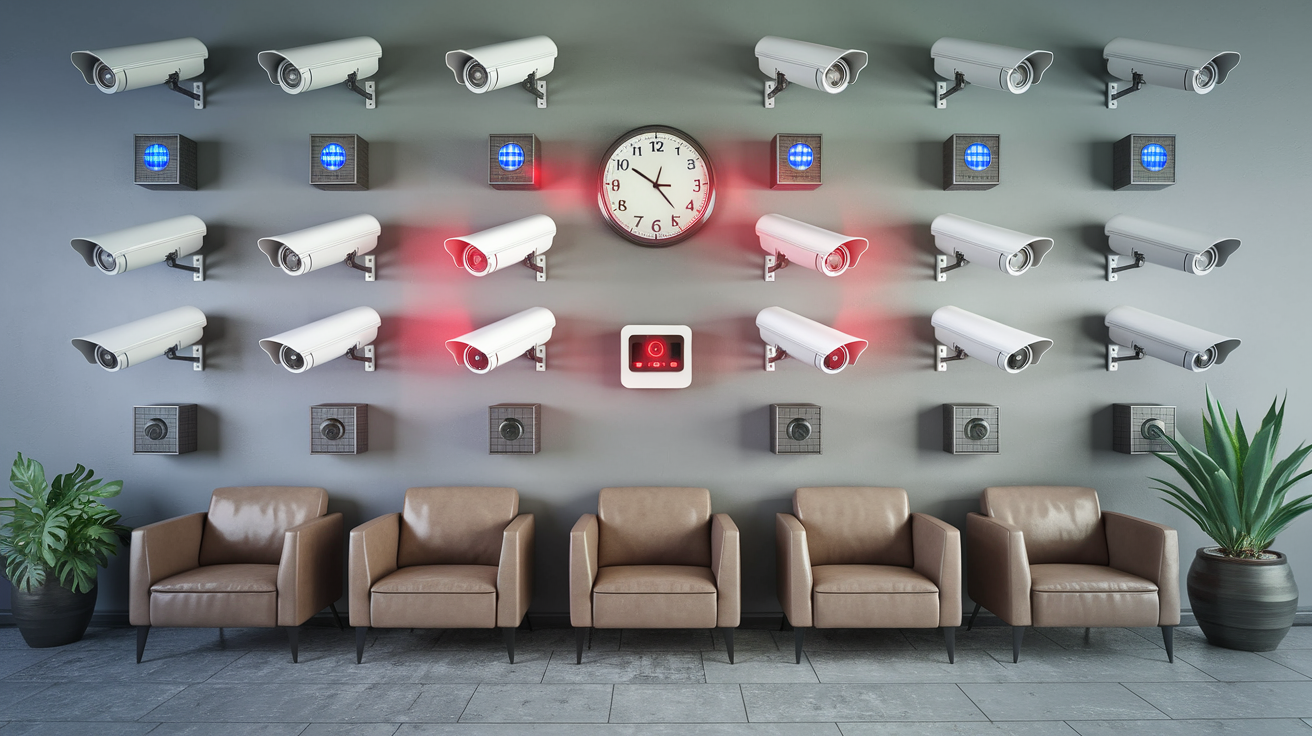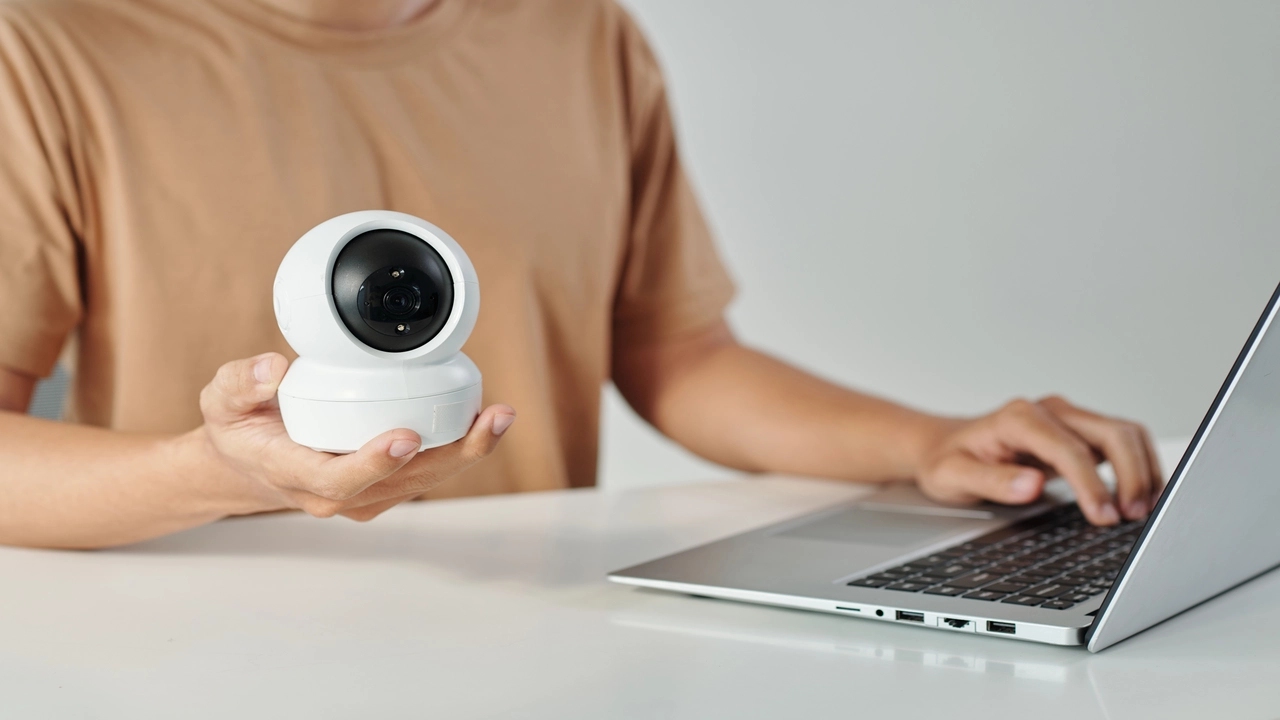Best Security Cameras are useful when you want to monitor your home or business premises as well as discourage any wrong deeds. DIY installation means that you can install a security camera system without the help of a professional technician.
Deciding between different kinds of cameras and where to place them
- Indoor cameras – These are used in monitoring entryways, hallways, rooms, and other interior parts of a building. Can be wired or wireless.
- Outdoor cameras – These should be designed to work under any weather conditions and are placed outside the compound to monitor areas such as the driveway, yard, parking lot, etc.
- Bullet cameras – These are cylindrical cameras that are most suitable for recording large wide areas such as corridors, reception areas, and warehouses. It is easy to mount on the frame and the adjustment is also very simple.
- Ceiling-mounted domes – Small rounded cameras that are good for indoor installation, shaped like a dome. Offer wide-angle room coverage.
Make sure that all the doors and windows are covered with cameras to avoid anyone accessing the premises through blind angles. Also, try to avoid such gaps or blind spots. The number of cameras which is required for surveillance will depend upon the area of coverage that is required.
Selecting Additional Equipment
Along with security cameras, you will also need:
- Cables: Cables for videos, power, and data to connect the cameras to the power sources and the monitoring system.
- Camera housing: Outdoor cameras would require protective covers, enclosures, and junction boxes to prevent damage from extreme weather conditions.
- Mounting gear: Brooms and mops, pots and pans, brackets, stands, and wall anchors to mount cameras properly. Outdoor cameras need to be protected against the elements.
- Power sources: Wired cameras require a power source nearby. For wireless cameras, you should carry rechargeable battery packs and solar panels in case wiring power is difficult.
- Network video recorder (NVR): Equipment that plays the role of a recorder to capture footage from security cameras through cables, WiFi, or other connections.
- Monitors: Monitors on which to display the surveillance in a live mode or recorded.
Installing and Positioning Cameras
Here is the practical process of safely affixing the equipment in place.
- Read the instruction manual before installation to gain adequate knowledge and understanding of all the equipment, safety measures, and set-up procedures.
- Choose installation locations by considering your surveillance concerns and the types of cameras that you have. Make sure the locations allow for direct and unobstructed lines of sight of target areas.
- For outdoor installations cover the cameras with shades for protection from the heat. Infrared night vision cameras should not face the sunlight especially when mounting the cameras for monitoring.
- Ensure that mounting brackets and stands are firmly fixed in place using the right screws and anchors before fixing the cameras. The structure should be able to bear the weight of the camera to be placed on them.
- Mount each camera to the respective mounting gear with the screws that shall have been provided for safety. Do not overtighten screws.
- After mounting the cameras, position and tilt each camera to cover the required field of view. If necessary, test views on a monitor.
- Install cable conduits or U-pins to organize cables from cameras to the NVR system and power sources. To ensure cables remain neat and easily accessible for maintenance, it is recommended to do the following;
- Ensure proper connection of cable ends to corresponding cameras and NVR. Indoor wired cameras run through wires such as HDMI to connect with the NVR. Outdoor cameras typically employ Ethernet cables. Wireless cameras, on the other hand, only require power cables.
- Plug the NVR and external hard drives into one of the routers nearby using Ethernet cables. Using HDMI cables, connect the monitors to the NVR. Make sure all the connections are well plugged in.
- Plug wired cameras into available power outlets in the vicinity. For wireless cameras, ensure that charged battery packs are well-fitted inside the respective camera housing.
- Turn on the cameras, the NVR system, and the monitors that are going to be used in the process. Based on the functionality, check indicator lights ensure the correct operation of the component. Test live views.
- The recording parameters of each camera can also be managed from the NVR menu options in terms of resolution, frame rate, etc depending on the surveillance requirements and storage space available.
- Place cameras temporarily to record accumulating problems such as loose fittings, obstructed views, glare, etc. Finalize and fine-tune installations and tests to get the best surveillance in the various locations.
Testing and Finalizing the Installation
Perform tests when the software is installed but before it starts to be used.
- Ensure that all the equipment stays well secured for the next few days after installation. Re-adjust fittings when needed.
- Check all the camera views are clear and not hindered in any way. Mitigate these challenges by removing certain plants, installing additional lighting, etc.
- Watch live and recorded sample videos during the day and night captured by each camera. Make sure that the picture is clear and take enough shots of the area.
- Make sure recorded videos are well stored on the NVR hard drives by selecting random videos from the previous days and reviewing them.
- Ensure that the NVR system, cameras and monitors are well connected with backup power like batteries and generators.
- You can set an NVR schedule to determine the time range and the length of the video recording process. If necessary, it is possible to adjust the settings for a particular camera.
- Password and access rights should be provided for individuals allowed to watch live views and recordings.
- Include warning signs that will inform the people in the compound that surveillance equipment is being used for further security measures.
In installation testing, it is determined that the installation runs efficiently in terms of the placed security cameras, the system can proceed with surveillance activities according to the set schedule and access. Perform routine cleaning such as that of the camera lens, inspecting connections, and observing signs of wear on equipment. Regular replacement of defective parts is advised to maintain the reliability of the surveillance advantages.
Protect your home today with ADT’s top-rated security solutions!
Call now at +1 877-470-7879 to get a free consultation and find out how you can secure your home with the best in the business. Don’t wait—ensure your peace of mind with ADT!
